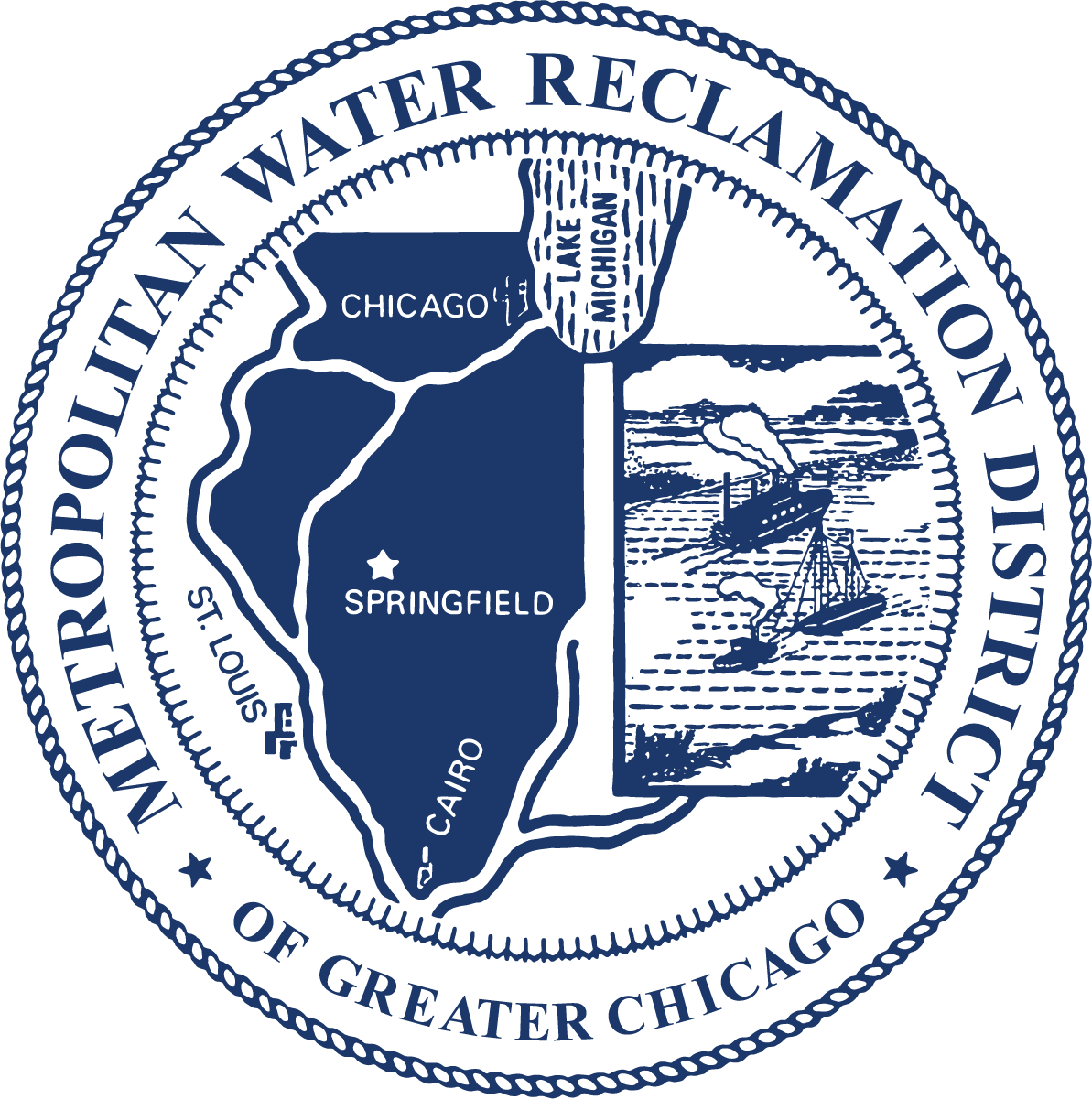"Bally’s Casino Apologizes After Demolition Debris Spills Into Chicago River," Block Club Chicago
Block Club Chicago: A wall collapsed Saturday at the site of the new casino, causing discharge of non-contaminating perlite into the water, according to the Metropolitan Water Reclamation District. Cleanup was completed Sunday.

Bally’s Chicago apologized Tuesday for a debris spill into the North Branch of the Chicago River that neighbors reported seeing Saturday afternoon near the construction site of the new casino.
In an emailed statement, Bally’s acknowledged the spill and said cleanup at the site, 777 W. Chicago Ave., was completed by Sunday evening. As of Wednesday, demolition was still paused, according to the Chicago Department of Public Health.
“The safety of our surrounding community and employees remains our top priority,” according to the statement from Bally’s Chicago and Chicago Community Builders Collective. “We regret this incident occurred and we will work diligently to prevent similar incidents moving forward.”
The discharge of debris is believed to have been caused by a wall collapsing into the river during the demolition process, said Allison Fore, spokesperson for the Metropolitan Water Reclamation District of Greater Chicago. The site was formerly home to the Chicago Tribune’s Freedom Center.
The Metropolitan Water Reclamation District, which oversees stormwater and wastewater treatment across the Chicago area, confirmed that Bally’s Chicago and the Chicago Community Builders Collective — the general contractor building the new casino — accepted responsibility for the demolition debris.
“A multi-phase clean-up has been initiated by the construction company,” Fore said in an email to Block Club on Monday. “An oil boom was installed below the Chicago Avenue Bridge to collect any flowing debris, and a barge is now positioned at the site to stop additional debris from entering the river.”
The cleanup — a joint effort involving the Chicago Departments of Public Health, Buildings and Transportation; the Illinois Environmental Protection Agency; the Army Corps of Engineers and others — used row boats and skimmers to collect the debris, according to the statement from Bally’s.
Bally’s tested the debris and found it to be mainly perlite, a material considered non-contaminating, Bally’s said.
Perlite is a lightweight, volcanic rock often used for industrial purposes like sandblasting and commonly mixed in potting soil to improve drainage. Perlites are non-toxic to the river system, according to the Metropolitan Water Reclamation District.
“Remediation of the perlite appears to have been completed satisfactorily,” Fore said. “On Dec. 17, the MWRD observed the booms are still in place and there is very little perlite present.”
Due to its proximity to the Chicago River, the demolition of the Tribune’s publishing center was labeled an “environmentally complex” project during a community meeting this summer.
In Chicago, environmentally complex demolition sites must undergo inspections by the city’s health and buildings departments. Pre-demolition inspections involve checking for lead paint, asbestos and dust, Chicago Department of Public Health Commissioner Olusimbo Ige said in June. Any asbestos or lead paint must be removed before demolition can proceed.
Because of the site’s complexity, no explosives are being used in the demolition, and some areas require hand excavation, officials previously said.
The demolition site also includes an extensive dust mitigation plan, which involves continuous spraying with water to keep debris contained on the ground.
Inspectors from the health and buildings departments are required to be onsite daily and have the authority to halt operations if dust is not properly contained, officials said in June. Officials did not provide details or plans at that time for handling contamination if it were to occur.
In a joint statement, a health department spokesperson said inspectors from both departments were onsite the day of the incident and halted demolition immediately.
“Upon a portion of the building entering the Chicago River, demolition was halted immediately and additional CDPH staff went on-site to monitor the situation. Material entering the waterway does not fall under CDPH’s purview, but we partner with other agencies and departments to address and mitigate any potential concerns,” said Grace V. Johnson Adams, information coordinator for CDPH, in an email.
Demolition of the Freedom Center began in August. It is currently unclear what remediation, if any, was required by the city before permits were issued.
Margaret Frisbie, executive director of Friends of the Chicago River, said her organization received reports on Saturday from neighbors who noticed the debris in the river and posted videos on Citizen.com, Facebook and X.
“The fact that so many people responded so quickly, it means that the agencies were on top of it right away compared to a few years ago,” Frisbie said, referring to the “mystery” oil spill at Bridgeport’s Bubbly Creek in 2017.
In that incident, the Environmental Protection Agency and other investigating agencies were “unable to determine the source, the exact amount of oil spilled or the date and time of the spill,” according to the EPA.
Frisbie encouraged people to stay vigilant and report any further signs of debris or pollution.
“It’s impossible for any single organization to monitor the river at all times. Community involvement plays a critical role, both in preventing things from happening, but also making sure that the remedies are employed,” Frisbie said.
Illegal or suspicious dumping into waterways or sewers can be reported on the Metropolitan Water Reclamation District website or by calling 800-332-DUMP.
